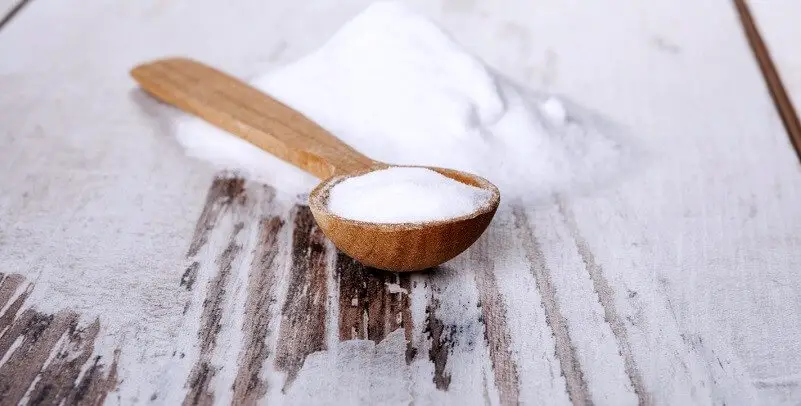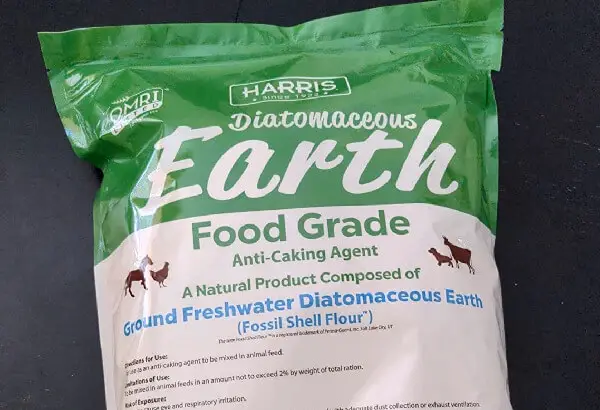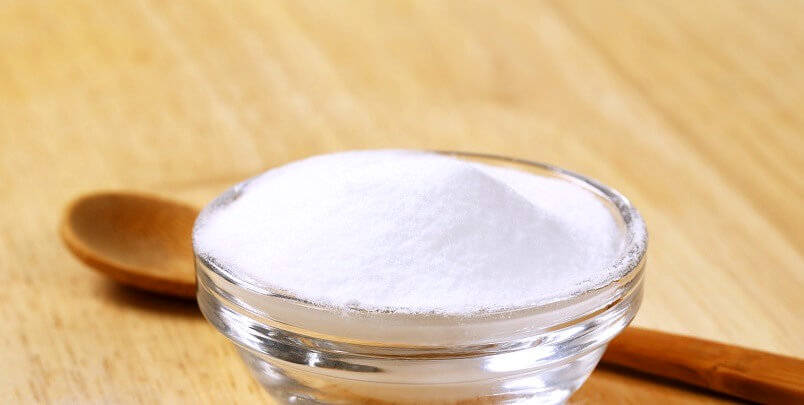Diatomaceous Earth Vs Silica Gel

People tend to use a few different methods when it comes to getting rid of pesky insects. Some folks will go with diatomaceous earth, while others will choose silica gel dust insecticide.
Both of these options have their own unique benefits and drawbacks, so it can be tough to decide which one is right for you. We will compare and contrast diatomaceous earth and silica gel dust insecticide so that you can decide which option is best for your needs!
Diatomaceous Earth Vs Silica Table
This comparison table will help you see the key differences between diatomaceous earth and silica gel dust insecticide.
Diatomaceous Earth | Silica Dust |
Silica Based fossilized diatoms. | Piperonyl butoxide, Pyrethrins |
Diatomaceous earth contains silicon dioxide daround 80-90%. | USDA approval |
Pet safe if you are using them as label directed | Pet safe if you are using them as label directed |
Diatomaceous earth remains potent for an impressive 10 years. | Remains viable for up to 10 years when undisturbed |
It is the only official health supplement-grade diatomaceous earth in the USA. | Ideal product for voids where kill and exclusion of insects are important |
The diatomaceous earth (DE) being produced is 100% organic and certified by the Organic Minerals Review Institute. | Labeled for treating cracks, crevices, voids, mattresses, carpets, pet rest areas, attics and many other areas |
Diatomaceous Earth is effective against Cockroaches, ants, earwigs, Crickets, Silverfish, Fleas and other crawling insects. | It kill a lot of different crawling insects, like ants, bed bugs, bees, carpenter ants, centipedes, clover mites, cluster flies, crickets, cockroaches, and more. |
Active Ingredients
The active ingredient is the component of a pesticide that is biologically active against the target pest. The active ingredient in diatomaceous earth is silicon dioxide (SiO₂), which is a naturally-occurring compound.
The active ingredient in Tri-Die Silica & Pyrethrum Dust is also Piperonyl butoxide, Pyrethrins, and Silica gel. While both of these products contain different active ingredients, they are both effective at killing insects. However, diatomaceous earth is more likely to kill a wider variety of insects than silica gel dust insecticide.

Target Pest
First, you must understand which type of pest those two products can kill. This way, you can determine which product you need to kill those insects. Diatomaceous earth can kill both crawling and flying insects, such as cockroaches, ants, earwigs, millipedes, centipedes, crickets, silverfish, fleas, carpet beetles, bedbugs, grasshoppers, slugs, and other crawling insects.
On the other hand, Tri-Die Silica & Pyrethrum Dust or Silica Gel Dust Insecticide can kill a lot of different crawling insects, like ants, bed bugs, bees, carpenter ants, centipedes, clover mites, cluster flies, crickets, cockroaches, drywood termites, earwigs, elm leaf beetles, firebrats,, fleas,, ground beetles, lice, powder post beetles and wasps.
For Use In
Another thing to consider when choosing between diatomaceous earth and silica gel dust insecticide is the area in which each product can be used. Both Tri-Die Silica & Pyrethrum Dust and Diatomaceous earth can be used indoors and outdoors. However, Diatomaceous earth can also be used in food-handling areas, while Silica Gel Dust Insecticide cannot.
How Does It Work?
Diatomaceous earth works by causing insects to dehydrate and die. The silicon dioxide in diatomaceous earth absorbs the oils and waxes from an insect’s exoskeleton, which causes the insect to dehydrate and die. Tri-Die Silica & Pyrethrum Dust kill on contact.
That means it will die when an insect comes in contact with the dust. Pyrethrins paralyze the nervous system of insects, and piperonyl butoxide makes pyrethrins more effective by prolonging their contact with the insect. When insects come into contact with silica gel, it absorbs the water from their body, and they dehydrate and die.

Pet Safe
Both Diatomaceous Earth and Silica Gel Dust Insecticide are safe to use around pets and children. However, you should take care to avoid inhaling either product, as they can both be harmful if inhaled. Please follow as directed on the label.
How to Use
Diatomaceous earth can be used in a number of different ways. You can apply it as dust, or you can mix it with water to create a slurry. You can also use diatomaceous earth in a variety of different application equipment, such as hand dusters, power dusters, and aerosol applicators.
To use Tri-Die Silica & Pyrethrum Dust, simply apply the dust to the areas where insects are present or where they are likely to enter your home. You can use a hand duster, power duster, or compressed air applicator to apply the dust.
Our Observation
Both products are very effective at killing insects, but diatomaceous earth is more likely to kill a wider variety of insects than silica gel dust insecticide. Diatomaceous earth is also safe to use around pets and children and can be used in food-handling areas.
The main difference between Diatomaceous Earth and Silica Gel Dust Insecticide is in the active ingredients. Diatomaceous earth contains silicon dioxide, while Silica Gel Dust Insecticide contains pyrethrins, piperonyl butoxide, and silica gel.
Also, Tri-Die Silica & Pyrethrum Dust kills on contact, which means when an insect comes in contact with the dust, it will die. Diatomaceous earth works by causing insects to dehydrate and die.
Conclusion
So, if you’re looking for an effective way to kill insects, we recommend using Diatomaceous Earth. However, if you’re looking for a product that kills on contact, we recommend using Silica Gel Dust Insecticide.
I hope this blog post has helped you decide which product is right for you! As always, please feel free to contact us with any further questions. Do you have experience using Diatomaceous Earth or Silica Gel Dust Insecticide? If so, please share your thoughts in the comments below.

James E. Butkovich, Pest control maven with a knack for eco-friendly & Chemical solutions. Blogger with a mission to make homes pest-free, one post at a time.

